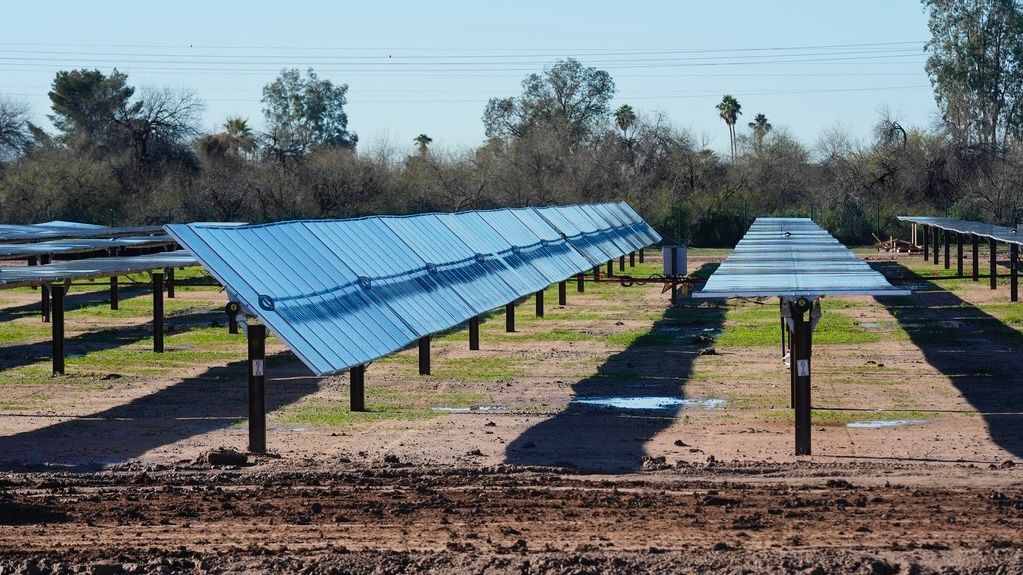The United States has exceeded 5 million solar installations, with more than half of all installations taking place since 2020.
The Solar Energy Industries Association announced Thursday that the milestone was achieved with installations on businesses, homes and large, ground-mounted arrays throughout the country.
“Today, 7% of homes in America have solar, and this number will grow to over 15% of U.S. homes by 2030,” SEIA President and CEO Abigail Ross Hopper said in a statement. “Solar is quickly becoming the dominant source of electricity on the grid, allowing communities to breathe cleaner air and lead healthier lives.”
The Biden administration has set a goal of 80% renewable energy generation by 2030, and 100% renewables by 2035. In April, the Department of the Interior said it had permitted more than 29 gigawatts of renewable energy — enough to power more than 12 million homes — exceeding the president’s goal of 25 gigawatts by 2025.
The SEIA report said 25% of the nation’s solar installations have come online in the 20 months since the Inflation Reduction Act took effect. Passed in 2022, the IRA provides homeowners with a 30% tax credit on their solar installations. The credit is available through 2032.
It took the U.S. 40 years to reach 1 million solar installations — a milestone achieved in 2016, according to the SEIA. The increase to 5 million has happened in eight years, largely due to incentives and lower prices for solar panels.
The SEIA forecasts solar installations will increase to 10 million by 2030 and triple to 15 million by 2034, driven by residential solar installations, which account for 97% of the total.
With 2 million installations, California has the largest number of photovoltaic systems in the U.S., but Illinois and Florida have both seen exponential growth since 2017, the SEIA said.


